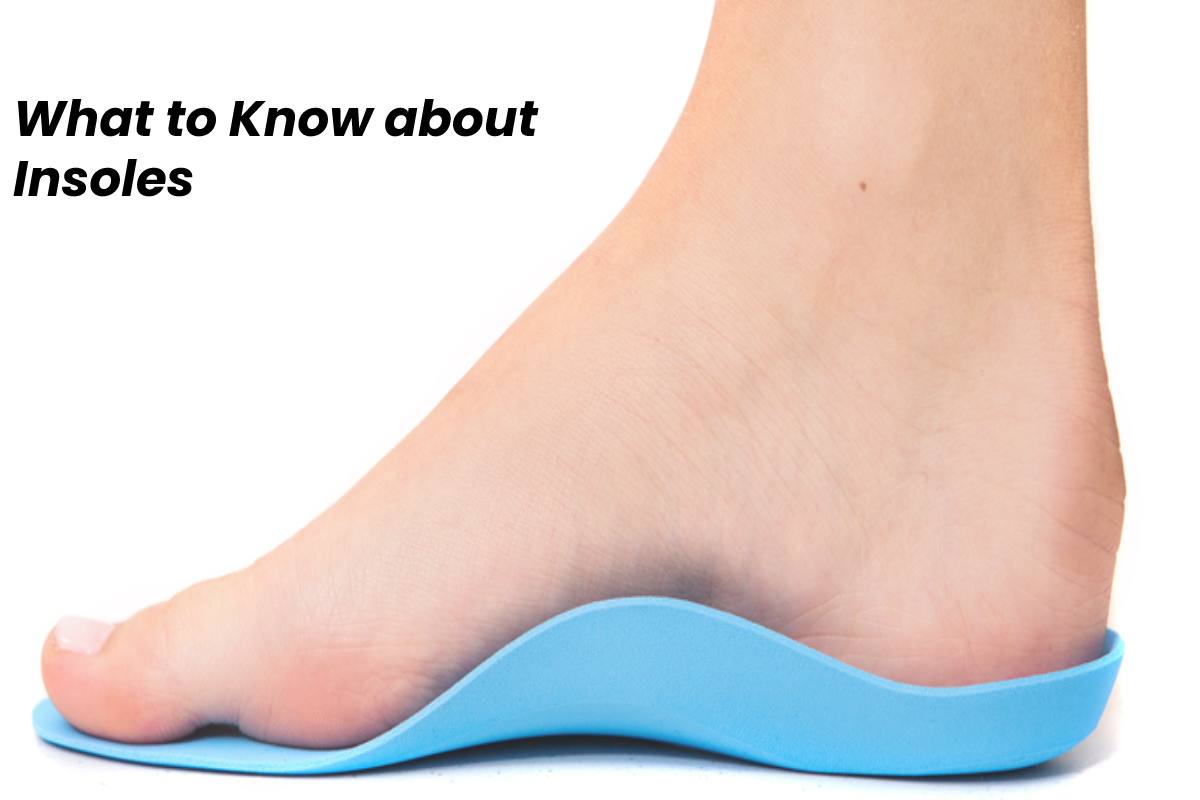Insoles – Do you enjoy backpacking, hiking, skiing or cycling? Do you ever find that your adventures are cut short by foot aches, hotspots or blisters? If this is the case, you may want to consider the improved support and extra comfort available in aftermarket insoles and invest in quality orthotic slippers.
The regular stock insoles that come with high performance boots and shoes are inexpensive and sometimes inadequate. Aftermarket insoles and shoe inserts can be tailored to your specific needs for proper fit, comfort and full support.
Table of Contents
Types of Insoles
The various types of insoles you will find in REI are often called “support” or “sport” insoles. They are designed and created differently and feature a more rigid structure for improved support and weight distribution. The comfort provided for the feet comes from improved stability and support, rather than more cushioning like some people think. This is very different from the soft cushy insoles you may be used to seeing at the local drugstore.
Supportive insoles are the best options for the following conditions:
Structural misalignment is often experienced as foot pain, but often manifests itself in other discomforts in the feet, hips, back, shoulders, neck or head.
Plantar fasciitis — medical professionals strongly suggest the use of bespoke insoles as part of a treatment plan for addressing this painful condition. Plantar fasciitis occurs when there are tears in the plantar fascia, which is a band of connective tissue that connects the heel with the forefoot. Finding locations where to buy shoes for plantar fasciitis would be a great help.
Supination or overpronation —the proper insoles will prevent the foot from rolling outwards (supination) or inwards (over-pronation) when supporting the weight of the body in forward motion.
Insole Volume
There are different insole volumes, which means that the insole will take up different amounts of space in the shoe. The volume of most insoles will correlate to the arch shape they are designed to fit.
High volume insoles are best for use in high-volume shoes, like work boots, ski-boots or running shoes. They are best for those with high arches.
Medium volume insoles are designed for shoes with an average volume, including casual shoes and athletic footwear. Those with a wide variety of arch profiles will benefit from these insoles.
Low-volume insoles are best for very low volume shoes, this includes cycling shoes, ski skate boots or inline skates. This is a good option for those with very low arches.
It should be noted that the thickness of the socks worn with specific shoes and insoles will affect the experience and fit of your shoes with insoles. Never overlook walking around your home, orthotic slippers are essential for continuing your foot health at home.
Common Footwear Fit Problems
If you have any of the foot problems mentioned here, insoles could be the best option for you. Insoles are not all made or designed the same and an REI specialist will be able to help you choose the right shoe for your needs.
Heel slippage — some shoes will fit perfectly in the mid- and forefoot, but the heel will slip or lift and this can be very uncomfortable. A proper support from mid- to high-volume insoles is the best option in this situation. This will reduce the amount of empty space in the back of the shoe and fully stabilize the heel of the foot preventing unnecessary movement that can cause blisters and hot spots.
Foot elongation — some people have foot elongation, a condition that causes one or both feet to become elongated when sitting or standing. A proper insole can relieve the discomfort caused by the foot elongating when carrying weight and create better fitting shoes.
Low or collapsed arches — those with low or collapsed arches will often seek an insole that offers “arch support”. But what they really need is “foot support” as this will allow for the stimulation of the muscles of the foot so they are engaged and active. This allows the dynamics of the foot to function more effectively and weight will be distributed properly across the base of the foot. Direct arch support doesn’t actually provide this advantage and can be just as uncomfortable.
Shoe Insert Fit Tips
Once you have narrowed down your foot insoles to a few different options, it will be time to test them out. This is where the help of an REI foot specialist can help you find the best option for your needs.
To check if the insole is right for you, stand on the insole outside of the shoe. Feel how the insole supports your foot and how much pressure you feel and on which part of the foot. How is the support on the heel?
Now remove your socks and try the same insole inside of your shoe. This is where you will assess the fit and support it provides. Make sure you feel completely stable and that your insides are taking up the right amount of space in your shoe.
Insole Care Tips
Aftermarket insoles and shoe inserts can be tailored to your specific needs for proper fit, comfort and full support, but you can check with experts like Protalus for more on the type of shoe inserts you might need.

